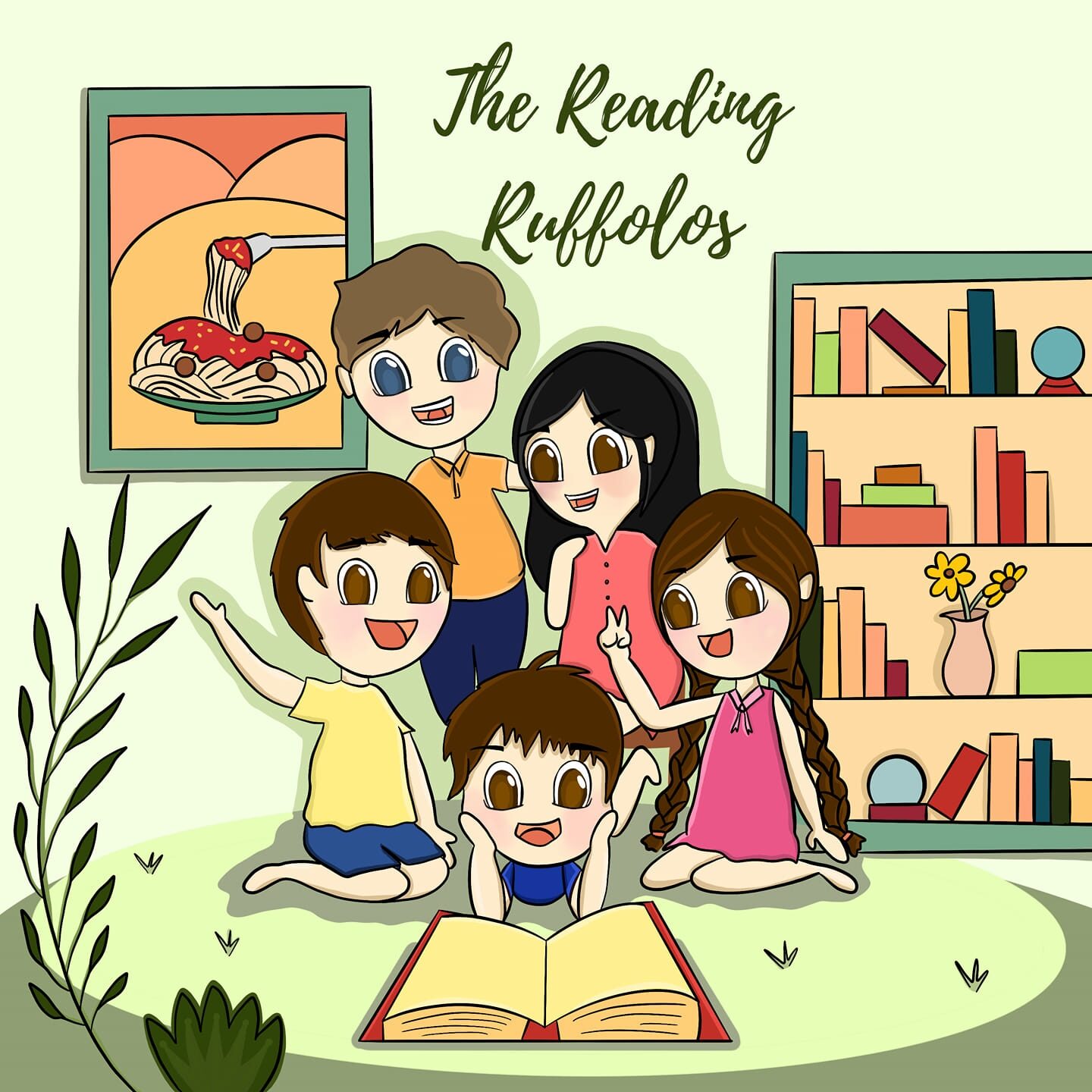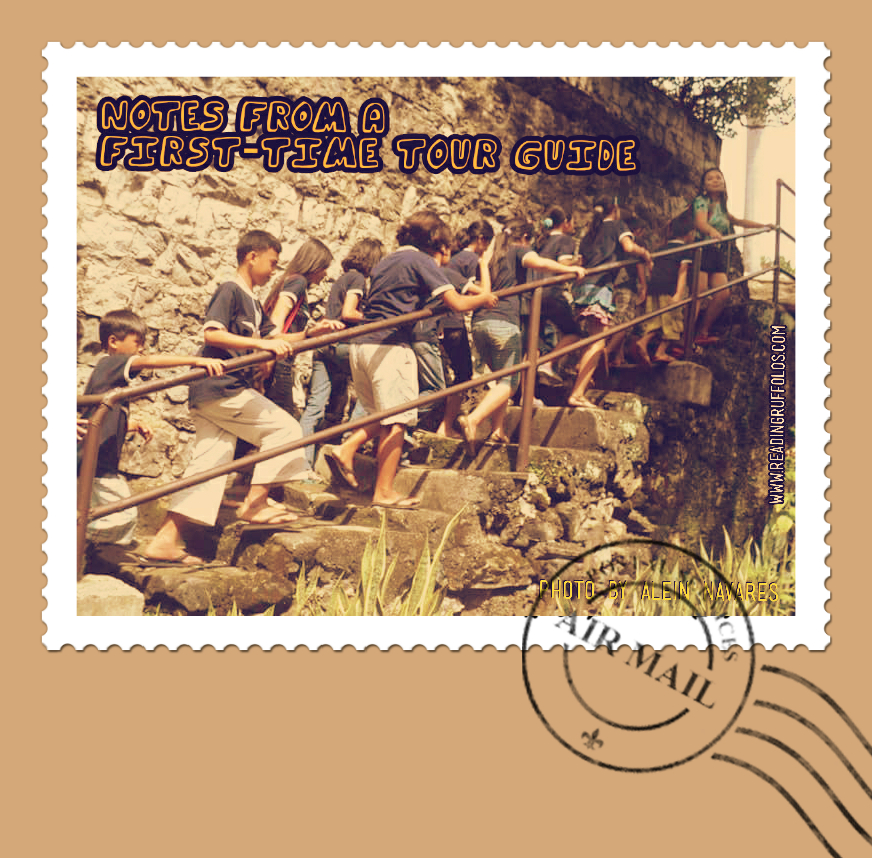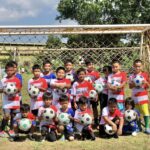It was the tailend of 2011 when I got a call from my good friend, Alein Navares, who heads the industrial engineering department of Cebu Institute of Technology University CIT-U), who asked me if I’d be willing to join his students and some 30 children for a day of museum hopping. I specifically asked him what I can do to help out so aside from shelling out a few pesos to help defray expenses. He suggested being actively involve in the museum visits. One of the sites they determined was Fort San Pedro. I just finished my research and wrote about the renovation of Plaza Independencia for the Philippine Daily Inquire when I received Alein’s call. Plaza Independencia is very close to Fort San Pedro. Without even thinking, I went ahead and told him that I wanted to volunteer as a tour guide. This article shares my learnings from that experience. This is me sharing my notes as a first-time tour guide.
Okay, okay. I’m not really new to “tour guiding” per se. I have indirectly participated in tour guiding seminars and attended tour guide conventions because of my previous job as a reporter. I’m no alien to the workings of tour operators and tour managers or the tourism industry in general. And I love to travel, obviously.
The World Federation of Tourist Guide Associations defines a tour guide as a person who guides visitors in the language of their choice and interprets the cultural and natural heritage of an area which person normally possesses an area-specific qualification usually issued and/or recognised by the appropriate authority.
The Department of Tourism of the Philippines notes some of these guiding techniques to be an effective tour guide:
-
Be prepared, study the destination
-
Plan your spiel or commentary, it should be structured
-
Have an update on the local and global news and environmental issues
-
Intercede when necessary in the interaction with the guest and the locals
-
Be aware on the basic human behavior and attitudes
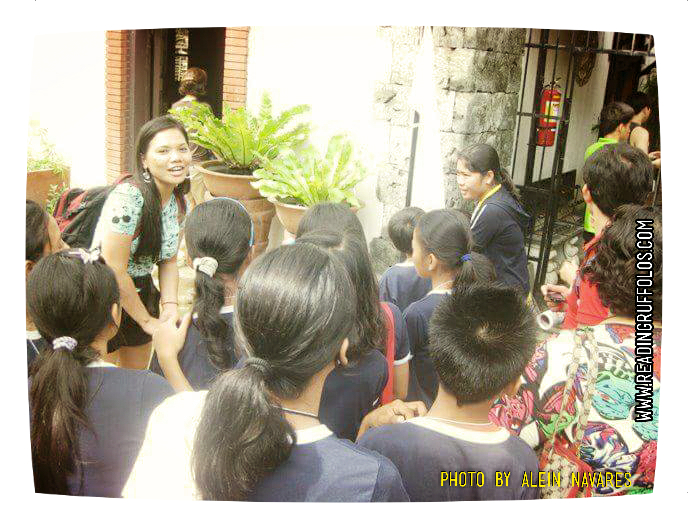
I was pretty serious in my chosen role for that day. The role was even more challenging because I was about to deal with no ordinary “tourists”. Note that those were children from a temporary shelter for youngsters whose parents cannot afford to send them to school; some of them were abandoned and neglected. They don’t get to visit museums everyday. Some of them are scholars so they are smart and quick witted. There was no room to be complacent.
My notes from that unforgettable day are as follows:
1. Children and questions
Children are the best (and worst) audience of literature because they have no patience with pretence, says author Orson Scott Card. And this line can very well translate to tour guiding as well; for tour guiding is a means of spreading oral tradition, a way to spread literature with the power of words.
If there’s anything I learned about being a storyteller and volunteer catechist, it is that children ask questions which are way more difficult than adult questions. And that makes them adorable. Often times, they don’t even know when their questions are causing you cerebral constipation or worse brain hemorrhage.
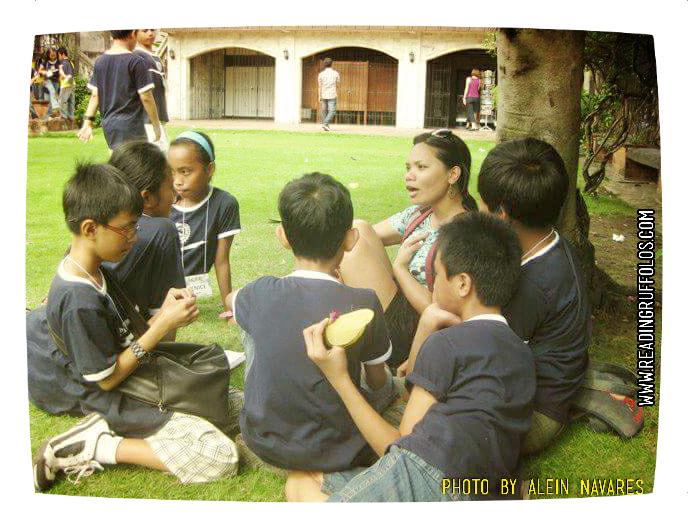
2. Tour guides as storytellers
If my memory serves me right, the children went around Museo Sugbo, Fort San Pedro/Plaza Independencia, and Casa Gorordo. (If you want to explore my home city, these are three historical and cultural sites you ought to visit as they tell colorful stories from the past. I also suggest the 1730 Jesuit House for more history.)
The Industrial Engineering Council, a dynamic student organization from CIT-U, was able to request the administrations of these museums and historical sites to waive the entrance fees. But…there we no tour guides. Sure most of the children can read but isn’t it more interesting to have someone tell you stories of the past? Isn’t his story and her story best enjoyed by hearing these stories being told by another person?
So I thought… since I have notes from the chairman of Cebu City’s Parks and Playgrounds Commission, why not share these to the children? I was excited and frantic.
A good tour guide is a good storyteller. Not just any good storyteller; one that knows how to distinguish facts from legends but maintains that twinkle in her eyes when telling a story or sharing information. I was determined to become that kind of person.
3. Over preparation and its merits
I spent more nights reading and researching about Fort San Pedro because I didn’t want to give the children answers which are merely lifted off Wikipedia. I took out my notes from the research on the story I wrote for Philippine Daily Inquirer and interviewed more people about certain parts that were hazy to me.
Like my declamation days in grade school and high school, I faced the mirror a hundred times to practice my lines. I thought I am also a performer so I should give my best.
I read about kid-friendly walking tour programs from different parts of the world to know more about the dynamics of tour guiding with children as guests. (Rome, Paris, London, New York haveskid-friendly tours. Just last year, Cebu opened the I See Kids Tour. Read about it here.)
On the day of the tour, I tried to appear confident. I ran my script a number of times in my head that my Mom said I was still reciting some lines in my sleep, and this was long after that tour ended.
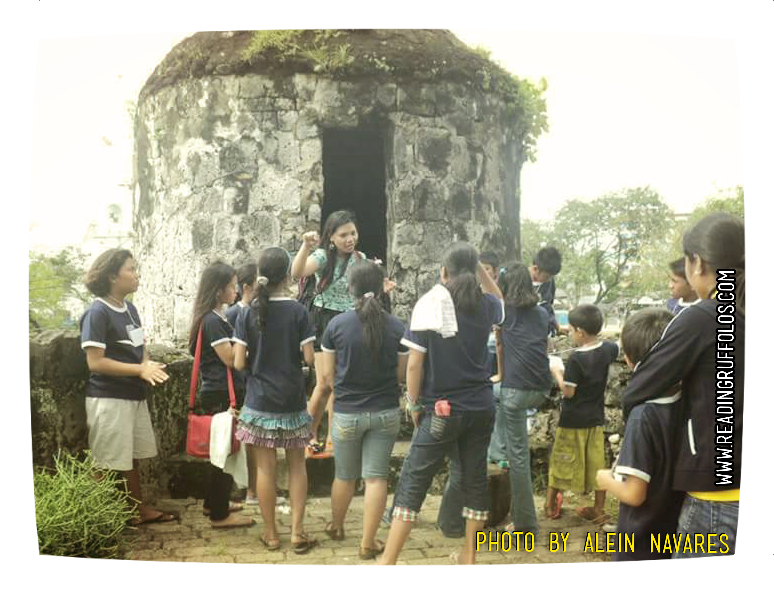
I was able to rest and observe the children after my turn as a tour guide. I spent some time with them listening to their stories and answering some questions on life and school. One of them asked me if it’s alright to be gay. I answered in the affirmative and “as long as your happines doesn’t hurt and degrade other people”. That day, five of them told them they are happy and… gay. I told them to never take their studies for granted and that there will always be opportunities for them to improve their lives if they choose to persevere and work hard.
I was dead tired by the time I got home.
Tour guiding is not for those with weak hearts. You share so much of your skills that it’s impossible not to get drained. You answer questions and entertain a group of people who, for the most part, want to learn about this and that.
Serving as tour guide for children – children who don’t get to ‘travel’ and go around their city – is much more challenging. I gave it my all. I felt that a part of me was lost on that day. But in return, I found certain parts of me that I would not have discovered had I chose to ignore Alein’s call.
I look back to that day in 2011 with pride and joy.
I will gladly do it again if given the chance.
